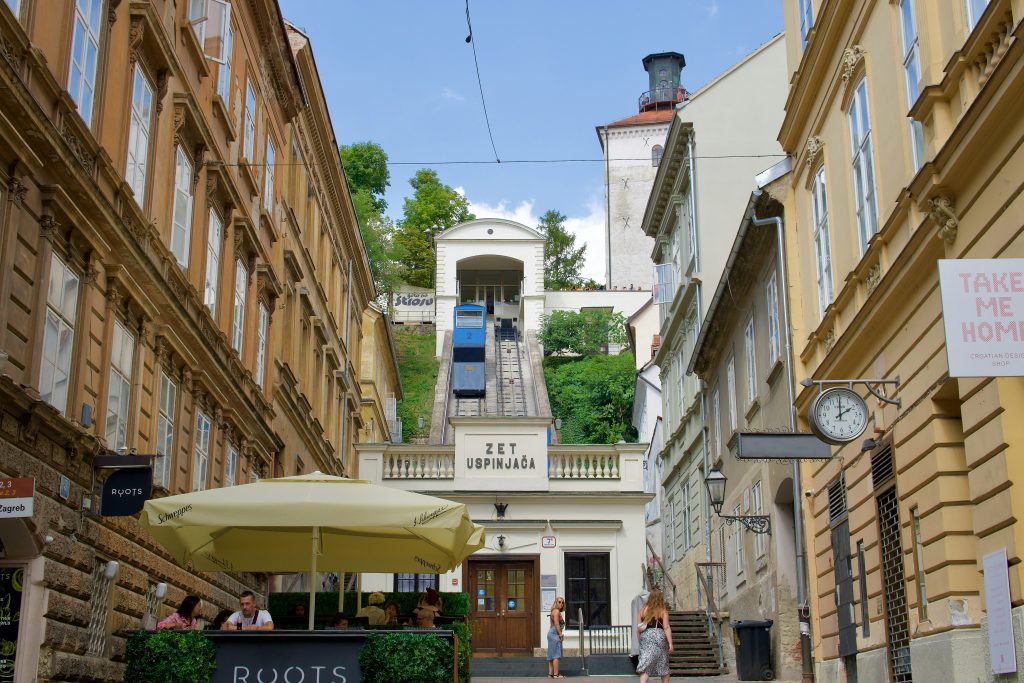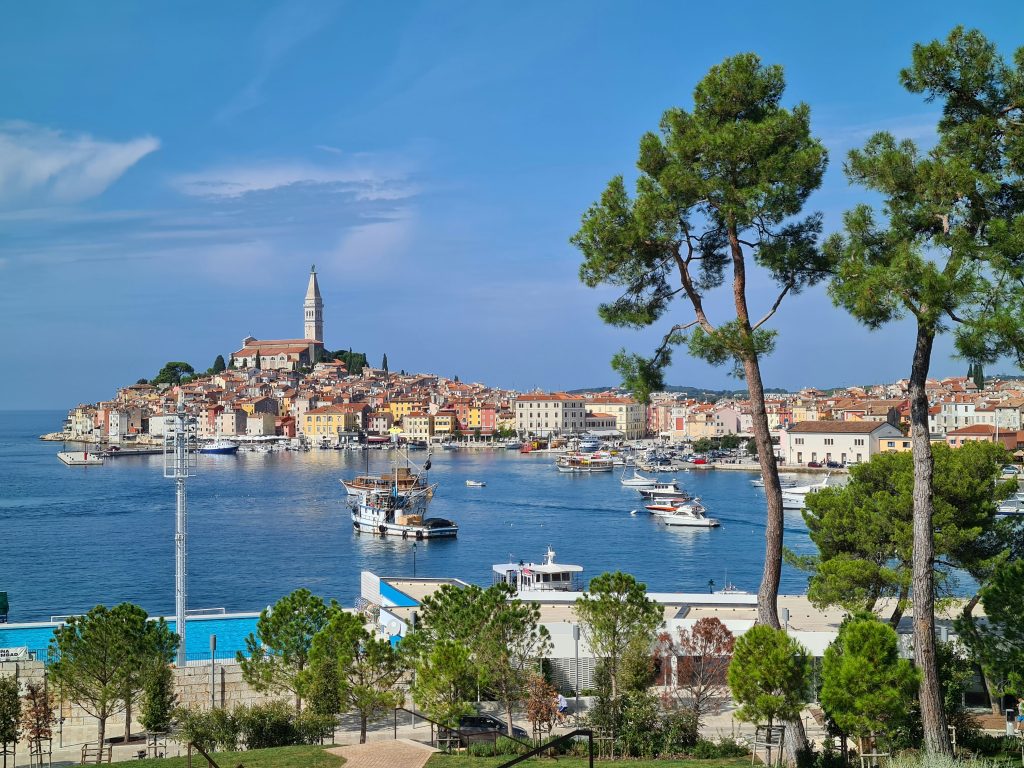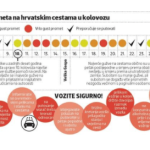August the 16th, 2024 – The Croatian Interior Ministry (MUP) is approving approximately 20,000 work permits for third country nationals on a monthly basis as the face of the domestic labour market changes dramatically.
As Poslovni Dnevnik/Marija Brnic writes, the number of work permits for foreign (third country) workers issued by the Croatian Interior Ministry has been steadily growing at a rate of about 20,000 each month in 2024. By the end of July, a total of 132,000 permits had been issued. At this rate, the total number of such permits issued by the Croatian Interior Ministry back in 2023 will have been exceeded in a mere two months.
All types of permits (new, extended and seasonal) contribute equally to this dynamic, with the largest number being those for new employment.
By the end of July, more than 85,000 had been issued (compared to 113,000 issued before the end of July 2023), and almost 32,000 permits were extended (whereas 41,000 were extended throughout 2023). The number of seasonal workers is also increasing, and at a faster rate in the summer months. A total of 15,000 seasonal work permits have been issued to them.
the croatian interior ministry is issuing less permits in zagreb

The number of issued work permits has been increasing across all Croatian counties. The only one that has already exceeded last year’s number is Bjelovar-Bilogora. In all counties, there has been a greater number of newly issued work permits compared to the extension of existing permits. The biggest difference and a far greater number of new permits can be seen in Istria, Dubrovnik-Neretva and Split-Dalmatia counties. The difference is noticeably smaller in Međimurje County, and the City of Zagreb and Zagreb County (the latter of the two are united under one police department).
In Istria County, more than 14,000 new permits were approved in the first seven months of 2024, while 3,000 were extended. Down south in Dubrovnik-Neretva County, 7,000 new permits were issued and 1,500 were extended. In Split-Dalmatia County, 9,000 new permits were rubber stamped, while 2,500 were extended. The Međimurje police department, on the other hand, issued 1.5,000 new permits and extended a little less than 1000 permits. The Zagreb police department approved 16,000 new work permits for third country nationals, and extended 10,000 of them.
is istria the hungriest for foreign labour?

If you look at the number of inhabitants, Istria County definitely “reaches out” to foreign workers the most. As far as the seasonal employment of foreign workers is concerned, the largest part is in the most tourism-oriented coastal counties, while in the continental ones they make up a smaller share or none at all.
There were no work permits issued for seasonal workers in Koprivnica-Križevci or Požega-Slavonia counties, which isn’t particularly surprising. On the other hand, it is interesting to note that in Lika-Senj County, an entire third of the labour force is made up of foreign workers. The City of Zagreb and the surrounding areas, on the other hand, have only 309 third country nationals registered as seasonal workers out of more than 27,000 permits issued to them. The need for foreign labour has grown significantly across all industries, with the largest growth recorded in tourism and catering/hospitality.
In July this year, the number of work permits issued by the Croatian Interior Ministry to foreign nationals for these jobs reached 44,000. Throughout the whole of 2023, there were slightly less than 46,000 issued in total. That’s almost equal to the number of work permits issued for construction workers, who last year convincingly dominated the “import” of workers (accounting for 69,000 work permits).











